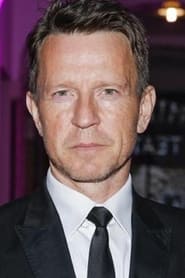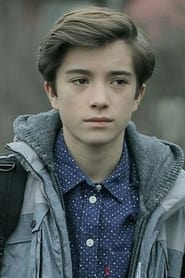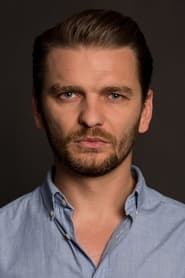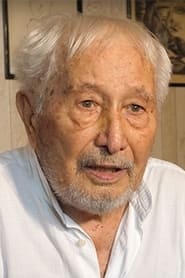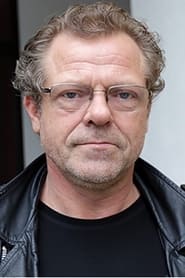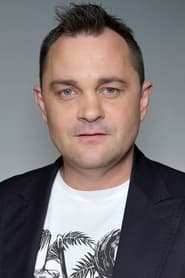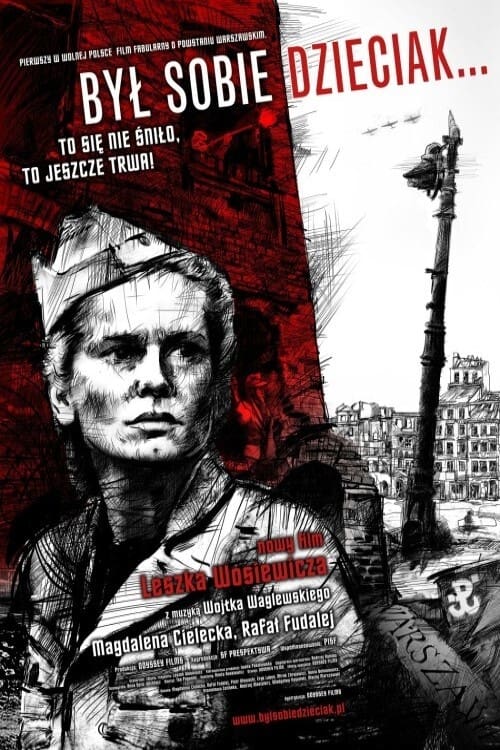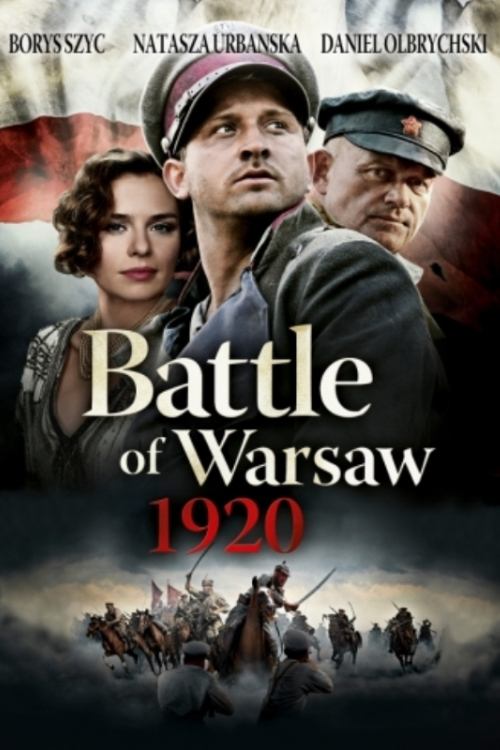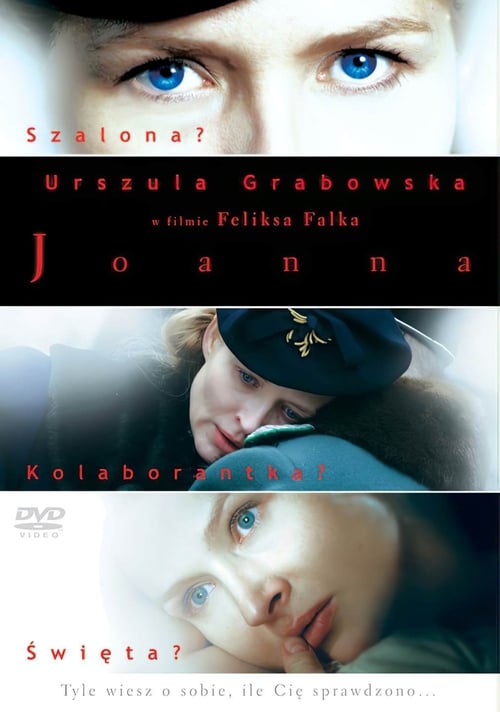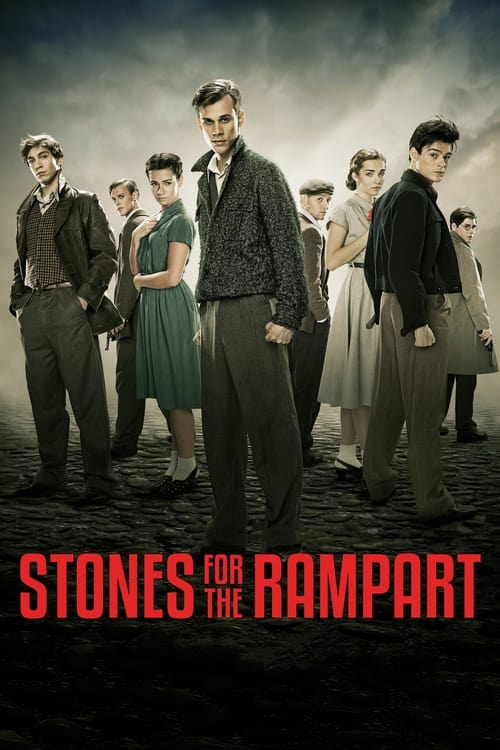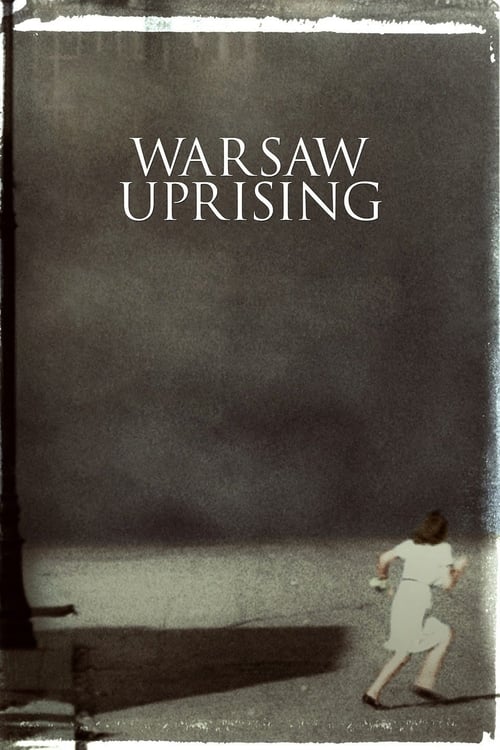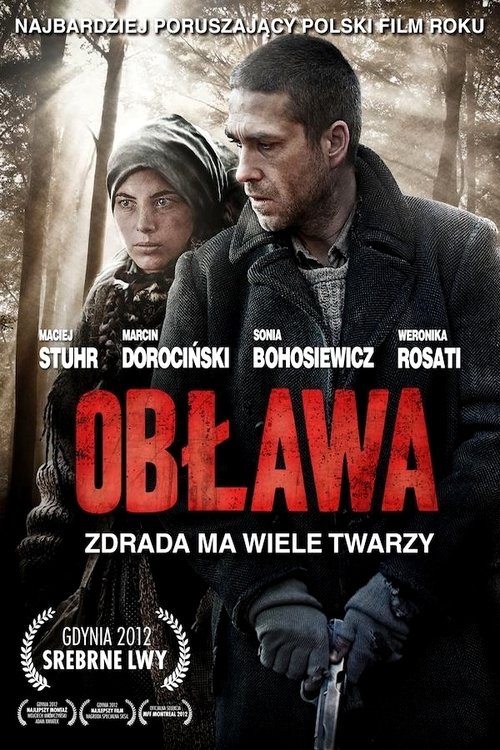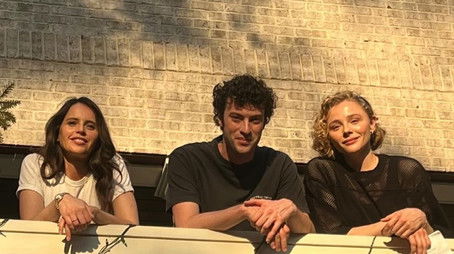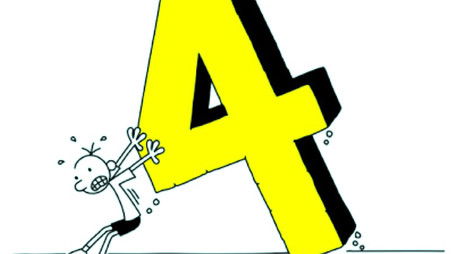
Ask Your Own Question
What is the plot?
What is the ending?
In the ending of "Warsaw 44," the aftermath of the Warsaw Uprising unfolds tragically. The city is devastated, and the Polish resistance fighters face overwhelming odds. The main characters, including Stefan and his love interest, are caught in the chaos. Ultimately, the uprising fails, leading to the capture and execution of many fighters. The film concludes with a somber reflection on the cost of war and the resilience of the human spirit.
As the film approaches its climax, the atmosphere in Warsaw grows increasingly tense. The streets, once filled with the fervor of rebellion, are now littered with debris and the remnants of battle. The Polish resistance fighters, led by Stefan, are aware that their time is running out. They are exhausted, both physically and emotionally, as they witness the destruction of their city and the loss of their comrades.
In a pivotal scene, Stefan and his fellow fighters regroup in a crumbling building, strategizing their next move. The weight of their situation hangs heavily in the air. Stefan, filled with a mix of determination and despair, tries to rally his friends, reminding them of their cause and the hope for a free Poland. His internal struggle is palpable; he is torn between the desire to fight for his country and the fear of losing everything he holds dear.
As the fighting intensifies, the characters face harrowing choices. One of Stefan's closest friends, who has been injured, begs to stay and fight, but Stefan knows that they must retreat to survive. This moment highlights the deep bonds of friendship and loyalty among the fighters, as they grapple with the harsh realities of war. The emotional stakes are high, and the audience can feel the weight of their decisions.
In a heart-wrenching sequence, Stefan and his love interest, who has been a beacon of hope throughout the film, share a final, tender moment. They express their love for each other amidst the chaos, knowing that their future is uncertain. This scene is filled with raw emotion, as they cling to each other, aware that they may not survive the uprising. Their connection symbolizes the human spirit's resilience even in the face of impending doom.
As the uprising reaches its climax, the Polish fighters are overwhelmed by the German forces. The once vibrant streets of Warsaw are now a battlefield, echoing with gunfire and cries of despair. The characters fight valiantly, but one by one, they fall. The camera captures the devastation, showing the stark contrast between the fighters' bravery and the brutal reality of their situation.
In the final moments of the film, Stefan is captured. The audience witnesses his internal conflict as he is led away, knowing that he may face execution. His fate is left ambiguous, but the weight of his sacrifice is clear. The film closes with a haunting image of the city in ruins, a powerful reminder of the cost of war and the enduring spirit of those who fought for freedom.
The ending of "Warsaw 44" serves as a poignant reflection on the futility of war and the sacrifices made by individuals in the name of a greater cause. Each character's fate underscores the tragedy of the uprising, leaving the audience with a sense of loss and a deep appreciation for the resilience of the human spirit in the face of overwhelming adversity.
Is there a post-credit scene?
"Warsaw 44," directed by Jan Komasa, does not feature a post-credit scene. The film concludes its narrative without any additional scenes after the credits roll. The story wraps up with a poignant reflection on the devastation of the Warsaw Uprising and the impact it had on the lives of the characters, leaving the audience with a sense of the tragic consequences of war rather than a continuation of the plot. The focus remains on the emotional weight of the events depicted throughout the film, emphasizing the loss and resilience of the human spirit in the face of overwhelming adversity.
What motivates the main character, Stefan, throughout the film?
Stefan is driven by a deep sense of patriotism and a desire to fight against the oppression of the Nazis. His love for his city and his longing for freedom fuel his determination to join the resistance. Additionally, his personal relationships, particularly with his love interest, Kamila, and his friends, add layers to his motivations, as he seeks to protect them and build a future together.
How does the relationship between Stefan and Kamila evolve during the film?
Stefan and Kamila's relationship begins with a passionate romance, filled with hope and dreams for a future together. However, as the war intensifies and the uprising begins, their relationship is tested by the harsh realities of conflict. Kamila's resilience and strength in the face of danger draw Stefan closer to her, but the chaos of war creates moments of separation and uncertainty, ultimately deepening their bond as they fight for survival.
What role does the character of Biedron play in the story?
Biedron serves as a mentor and father figure to Stefan, guiding him through the complexities of the resistance. His experience and wisdom provide crucial support to the younger fighters. However, Biedron also embodies the harsh realities of war, facing moral dilemmas that challenge his beliefs. His fate becomes a poignant reminder of the sacrifices made during the uprising, impacting Stefan's journey and growth.
How does the film depict the impact of the Warsaw Uprising on the civilian population?
The film portrays the devastating effects of the Warsaw Uprising on civilians through harrowing scenes of destruction and loss. Families are torn apart, homes are destroyed, and the struggle for survival becomes a daily reality. The emotional weight of these experiences is captured through the eyes of characters like Kamila, who witness the brutality of war firsthand, highlighting the resilience and suffering of the people caught in the conflict.
What is the significance of the character of Zosia in the narrative?
Zosia represents the innocence and vulnerability of youth amidst the chaos of war. As a young girl, her character provides a stark contrast to the violence surrounding her. Her interactions with the main characters, particularly Stefan and Kamila, evoke a sense of hope and the desire to protect the future generation. Zosia's fate serves as a poignant reminder of the cost of war on the innocent, amplifying the emotional stakes of the story.
Is this family friendly?
"Warsaw 44" is a war drama that depicts the harrowing events of the Warsaw Uprising during World War II. The film contains several elements that may be objectionable or upsetting for children or sensitive viewers.
-
Graphic Violence: The film features intense battle scenes, including gunfire, explosions, and hand-to-hand combat, which can be quite graphic and disturbing.
-
Death and Suffering: There are numerous depictions of death, injury, and the suffering of both soldiers and civilians, which can be emotionally heavy.
-
War Atrocities: The film portrays the brutal realities of war, including the impact on innocent civilians, which may be distressing.
-
Emotional Trauma: Characters experience significant emotional pain, loss, and despair, which may resonate deeply with sensitive viewers.
-
Destruction of the City: The visual representation of the destruction of Warsaw and the suffering of its inhabitants can be quite impactful and unsettling.
Due to these elements, "Warsaw 44" may not be suitable for younger audiences or those who are sensitive to depictions of war and violence.























